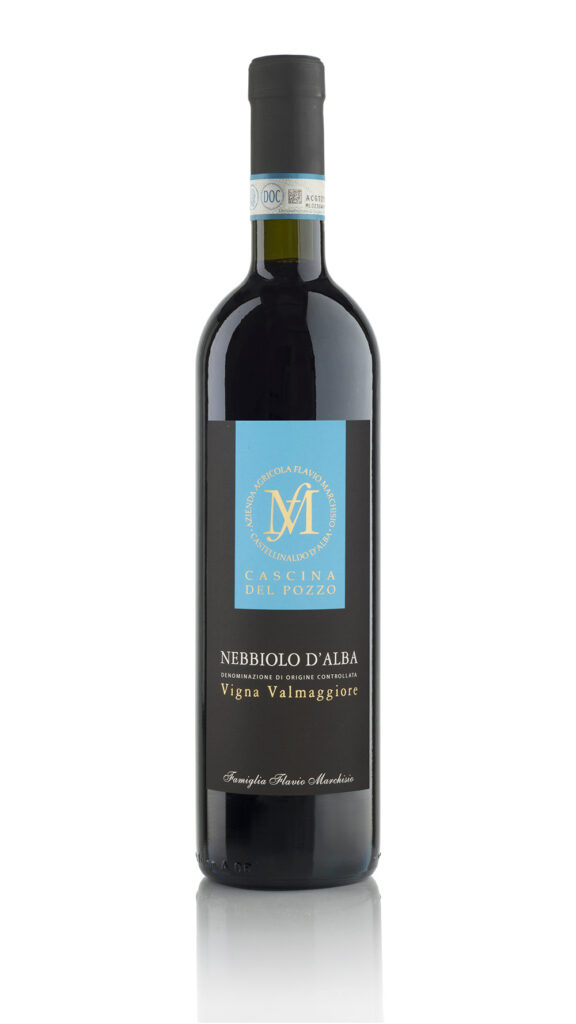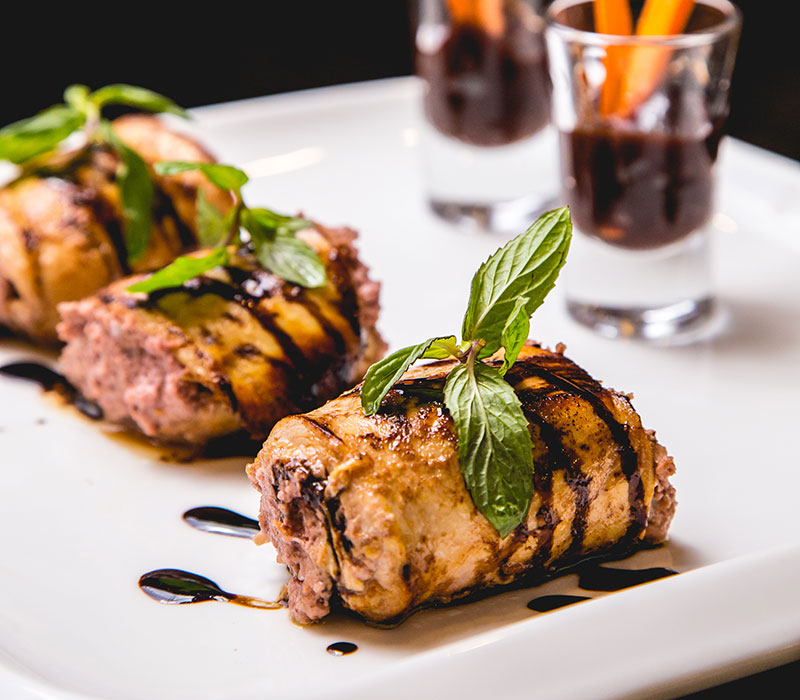Nebbiolo d’Alba
Valmaggiore Vineyard
First vintage: 2021
This Nebbiolo is the child of the fifth generation. Steel and concrete are the protagonists in this wine, two inert materials that allow the wine to evolve varietal aromas and flavors given by this special soil.

VALMAGGIORE VINEYARD
Nebbiolo d’Alba
Nebbiolo
| Grapevine | 100% Nebbiolo |
| Production area | Vezza d'Alba - Roero |
| Land | only sand |
| Exposure / Altitude | full south / 290 m |
| Breeding / Pruning | counter-espalier / Guyot |
| Planting density | 5,000 vines per hectare |
| Yield per hectare | 50hl |
| Harvest | Manual from late September to mid-October |
| Vinification | 15 days of maceration with frequent délestages and punching down; temperature controlled, maximum regime 28°C. |
| Refinement | 9 months aging in cement tanks; 6 months in bottle |
| Bottles per year | 2.000 |
| Pairings | Traditional local meat dishes, medium-aged cheeses |
| Formats | 0,75L |

Frequently Asked Questions
Curiosities and questions about Nebbiolo d'Alba Vigna Valmaggiore and related concepts
Vineyard: Valmaggiore, Vezza d'Alba

Pairings
Meat

Nebbiolo d'Alba Valmaggiore goes well with traditional local meat main courses. The following are some examples:
Nebbiolo d'Alba Valmaggiore is also ideal with medium-aged cheeses.



